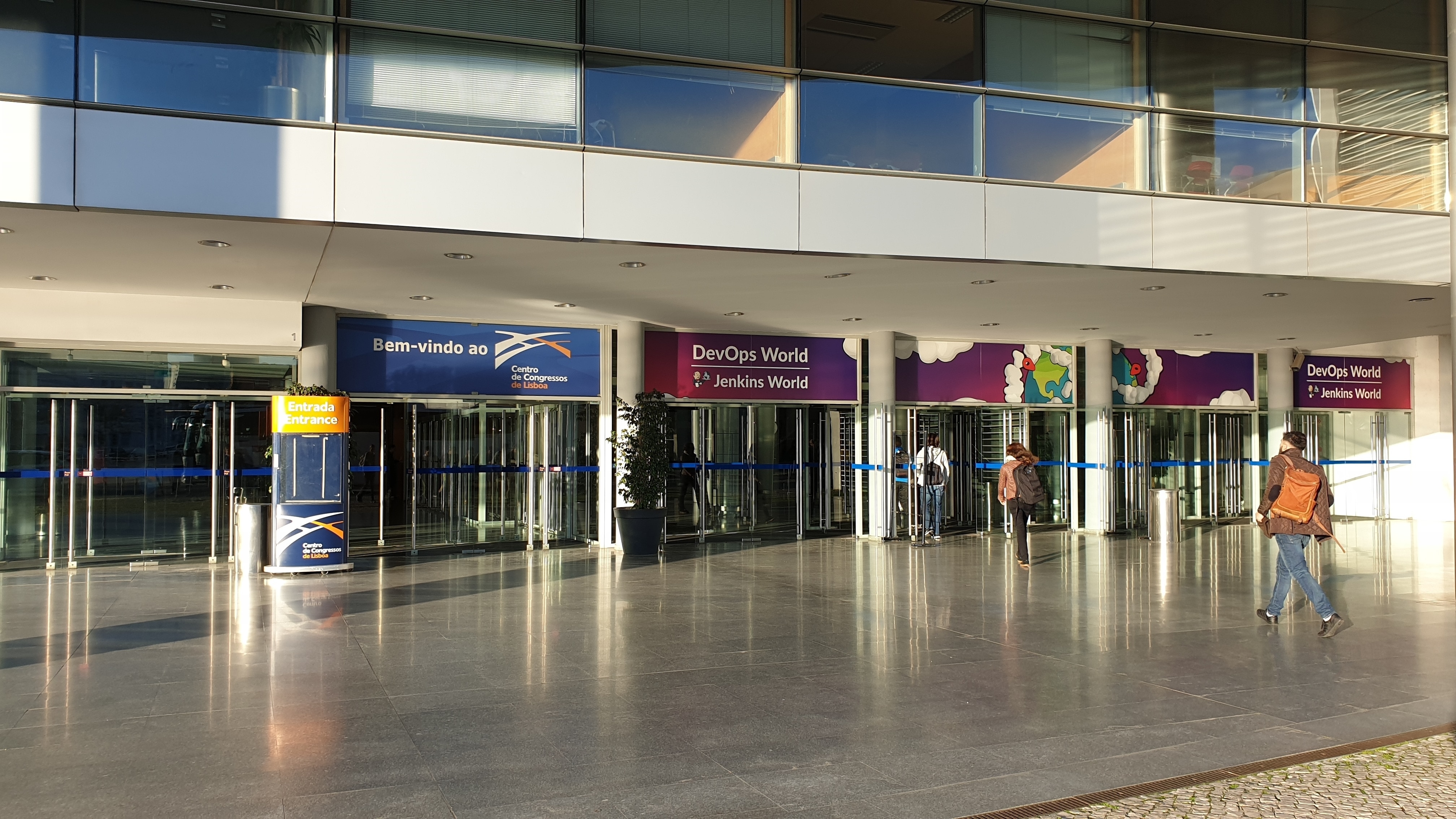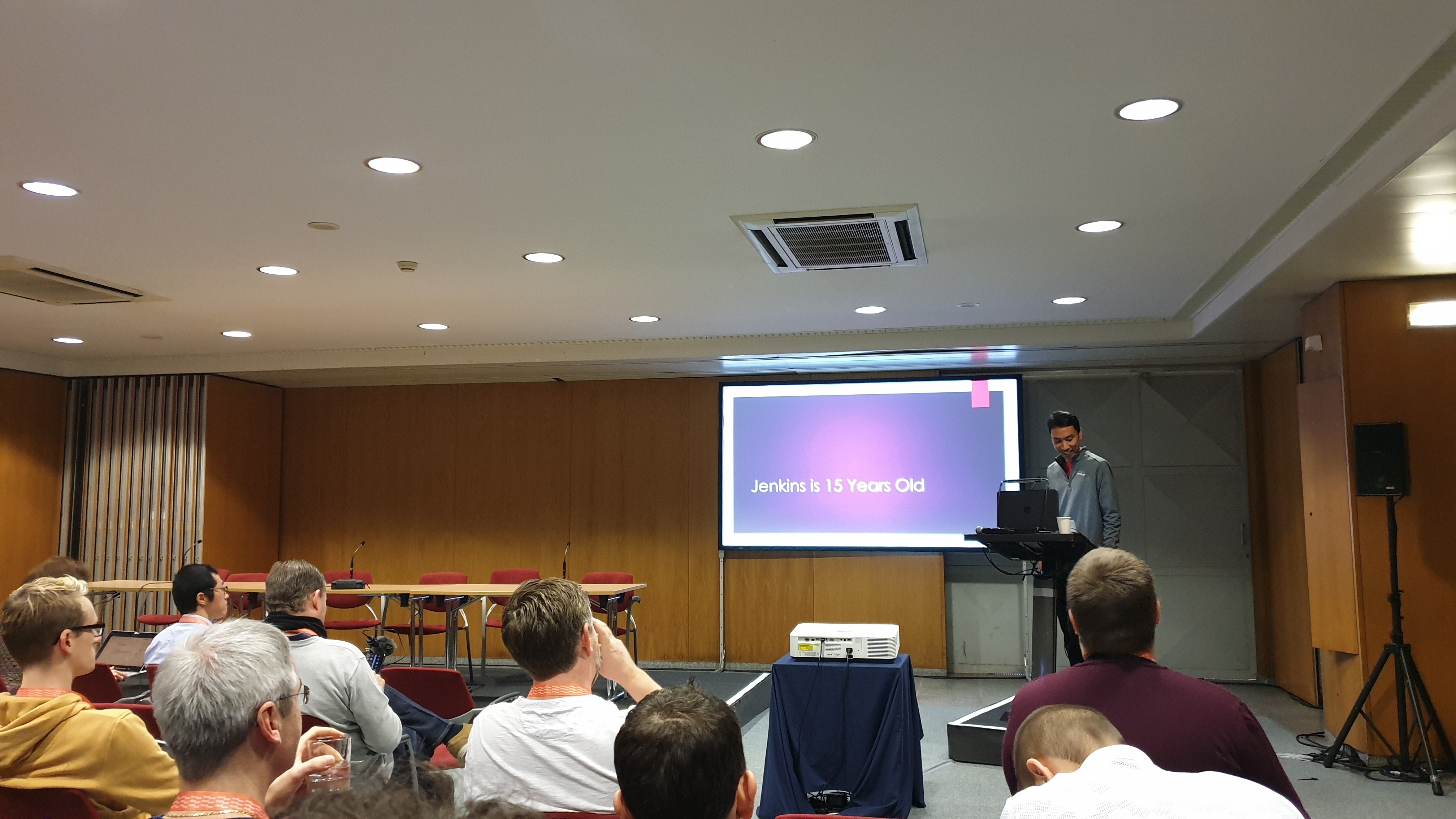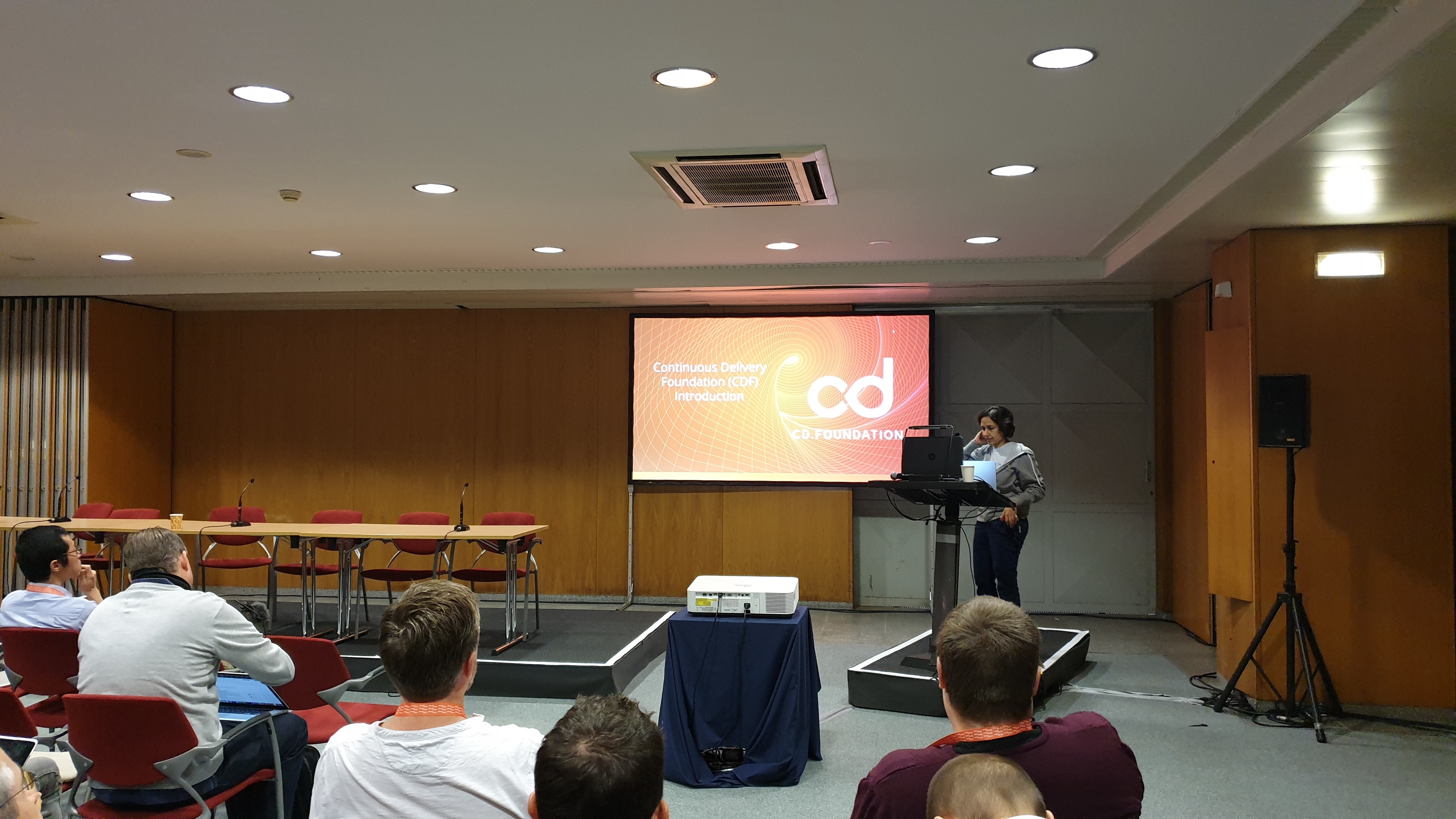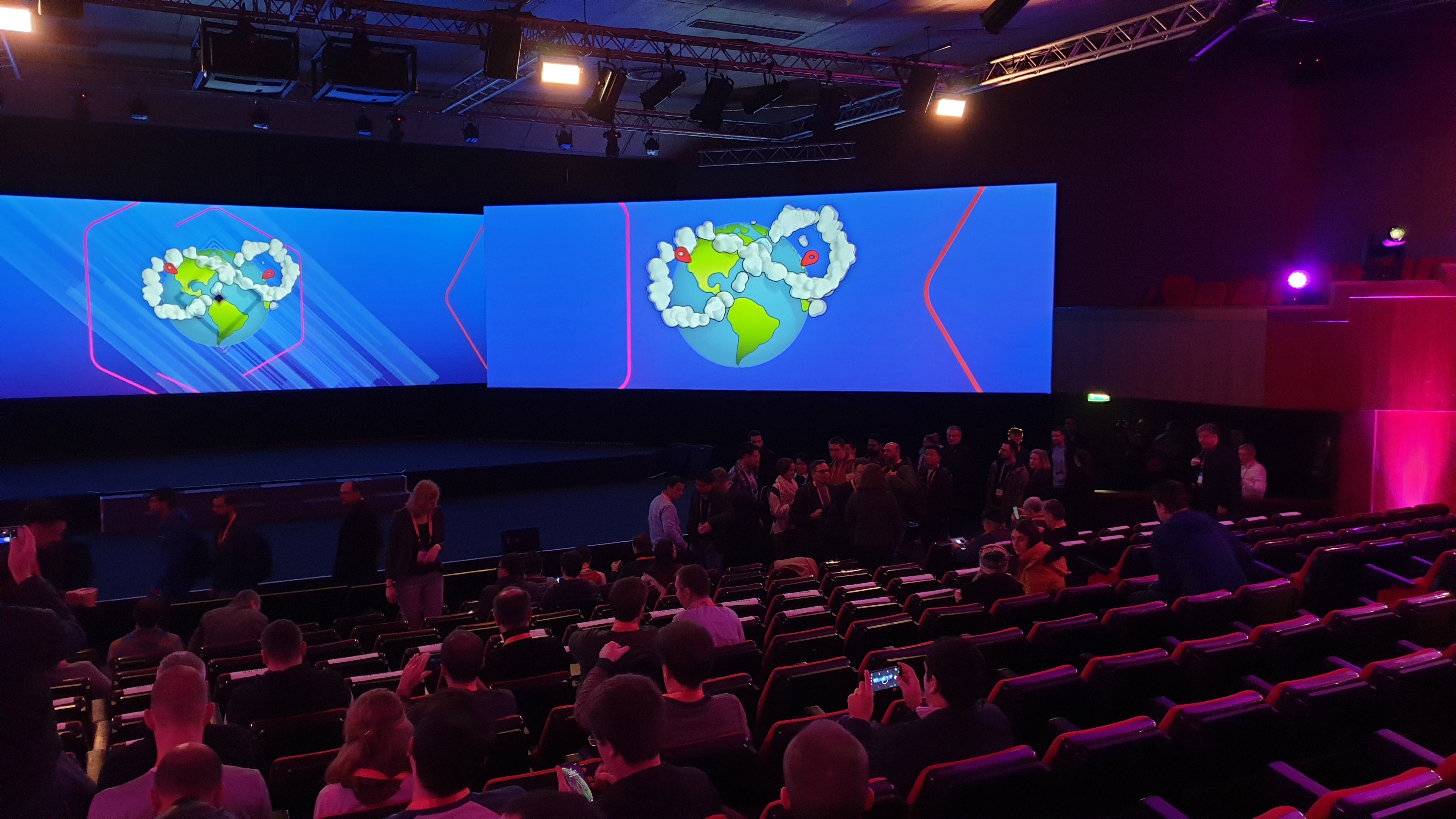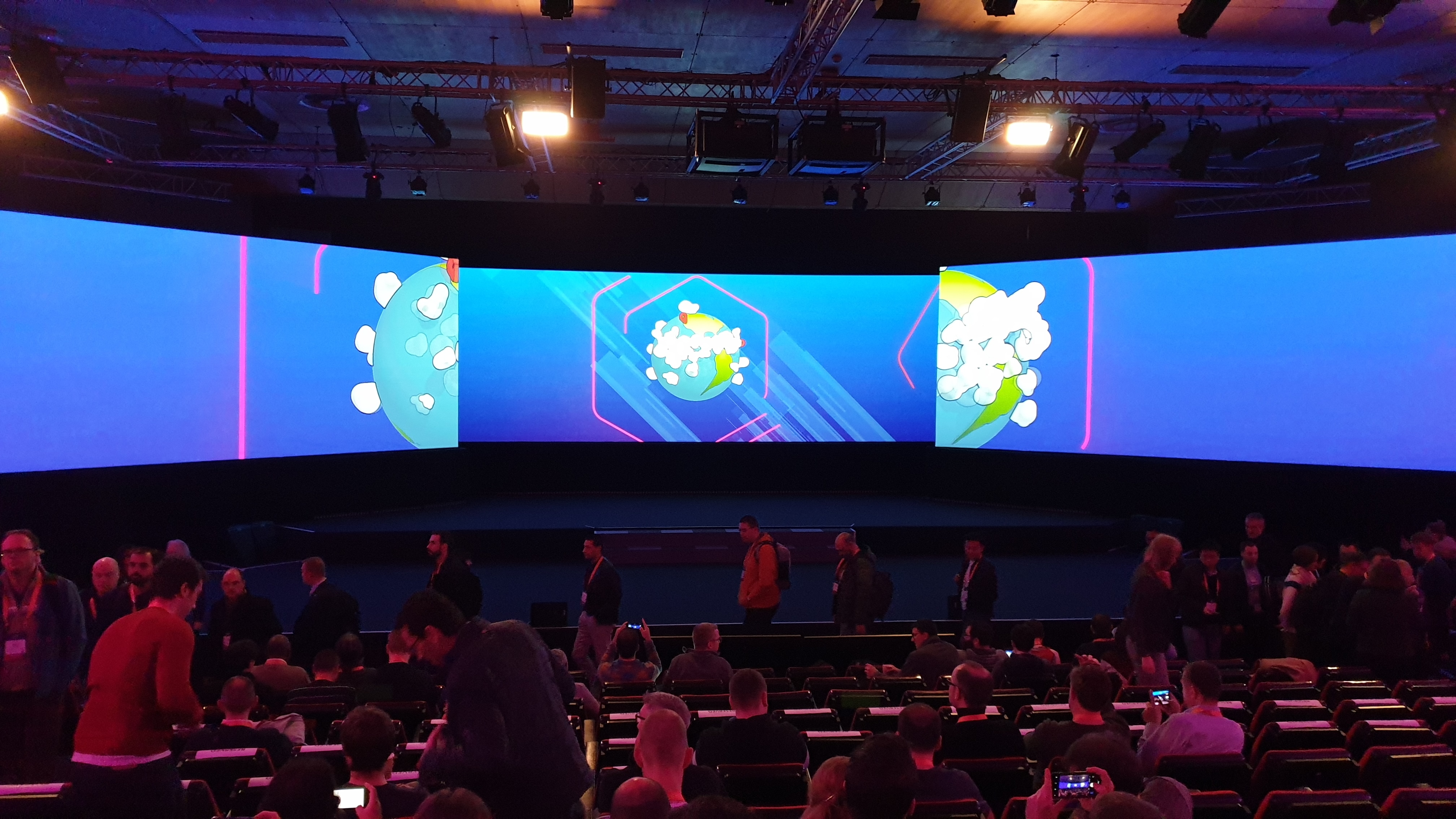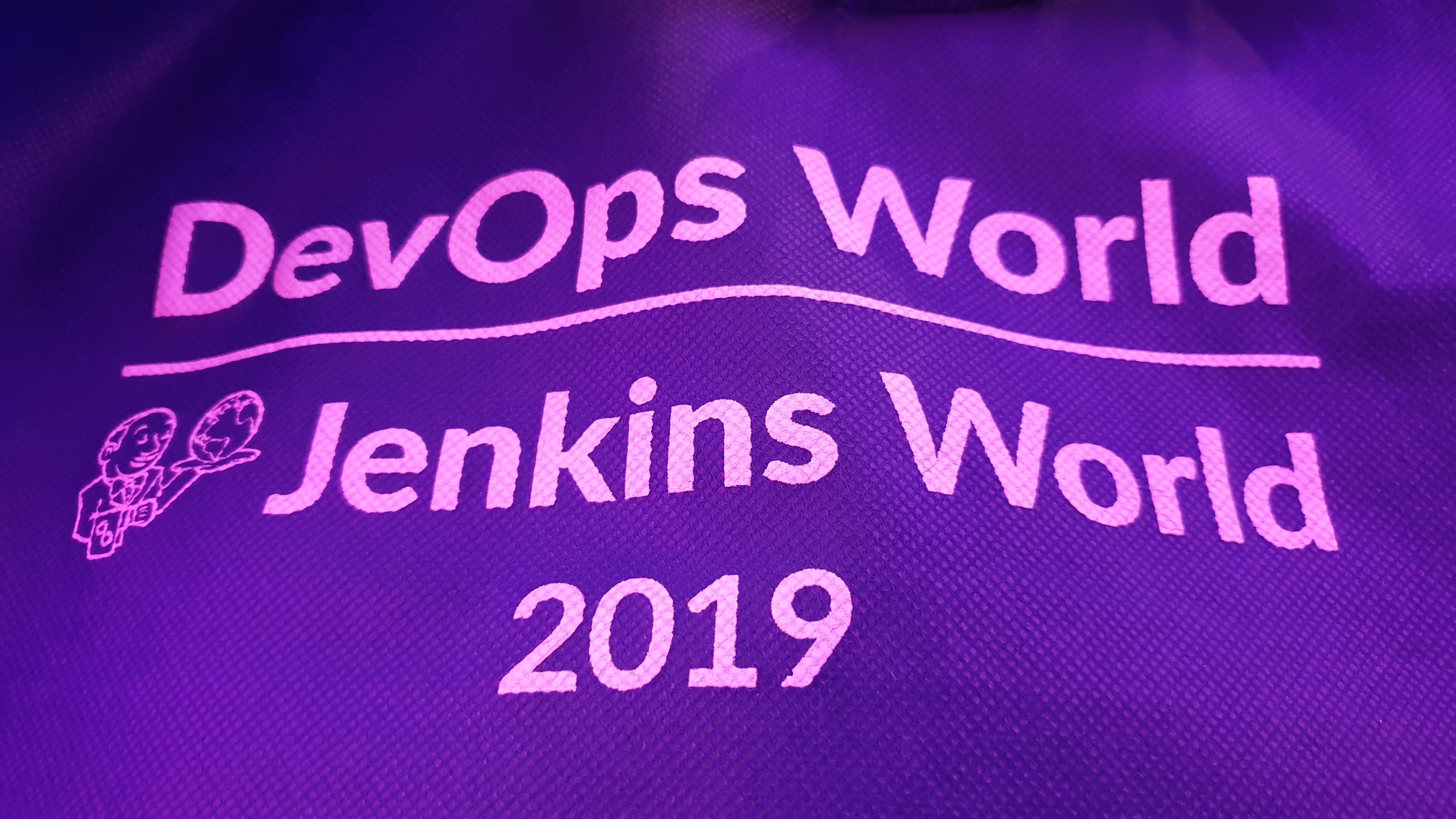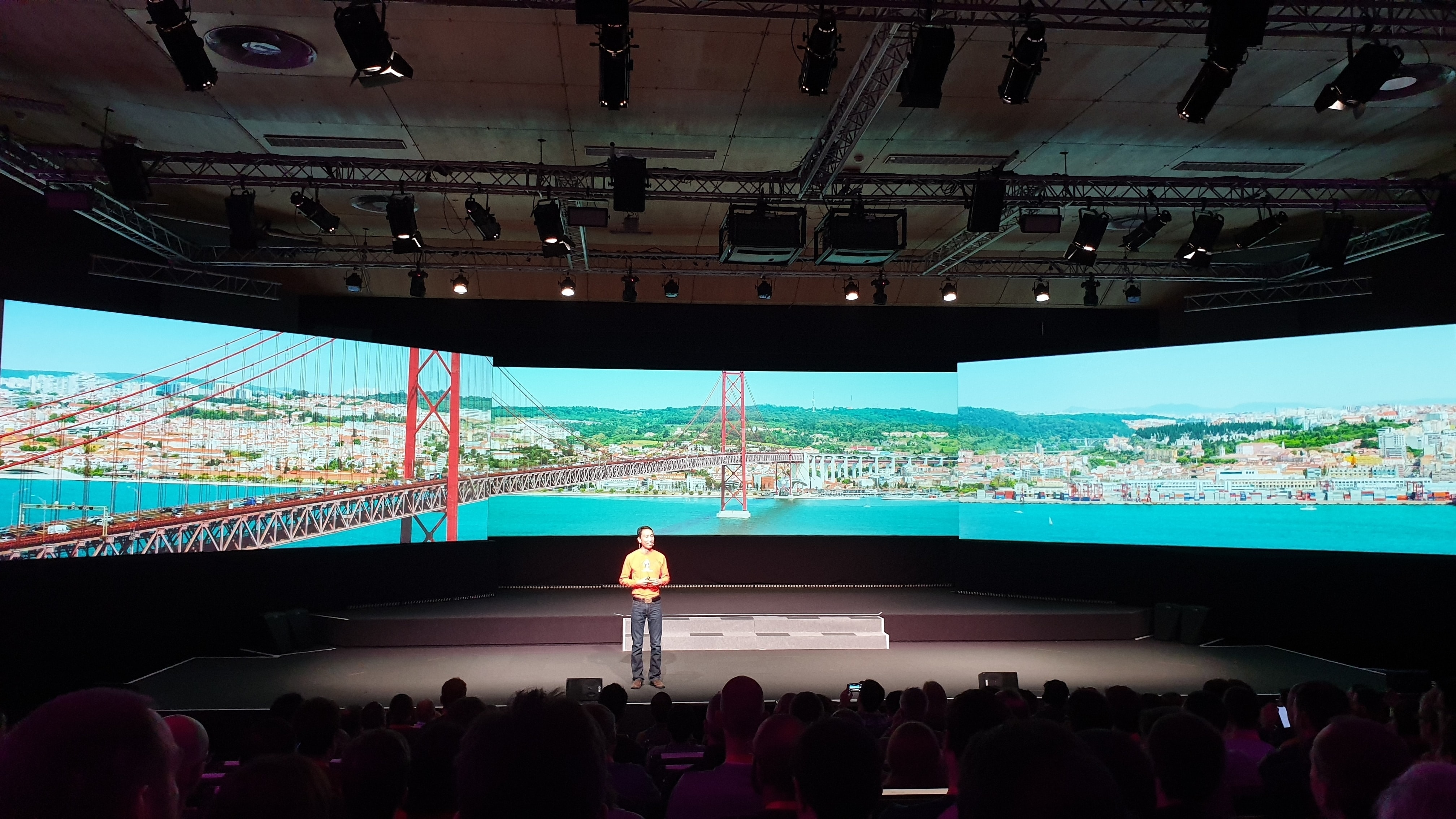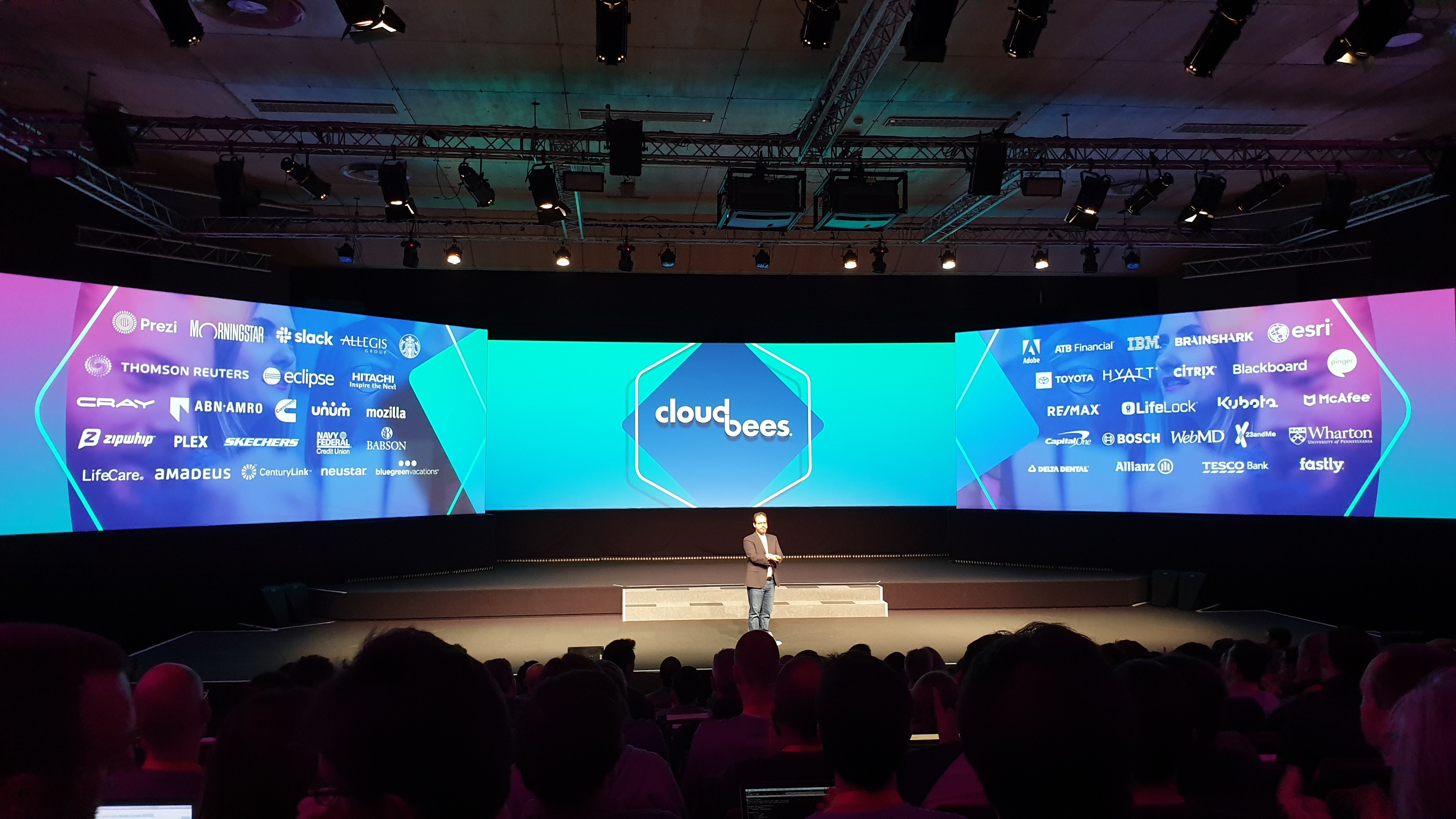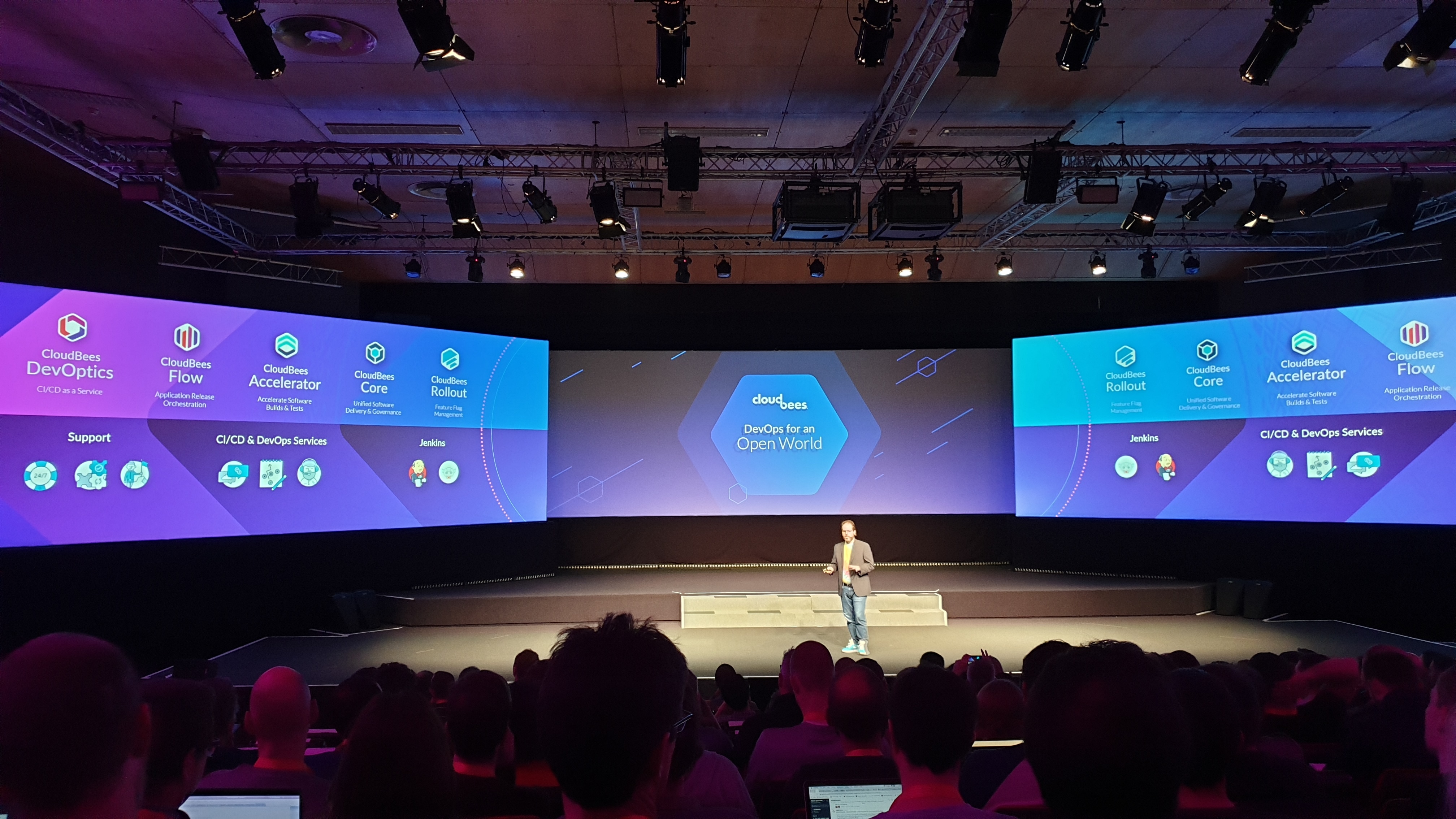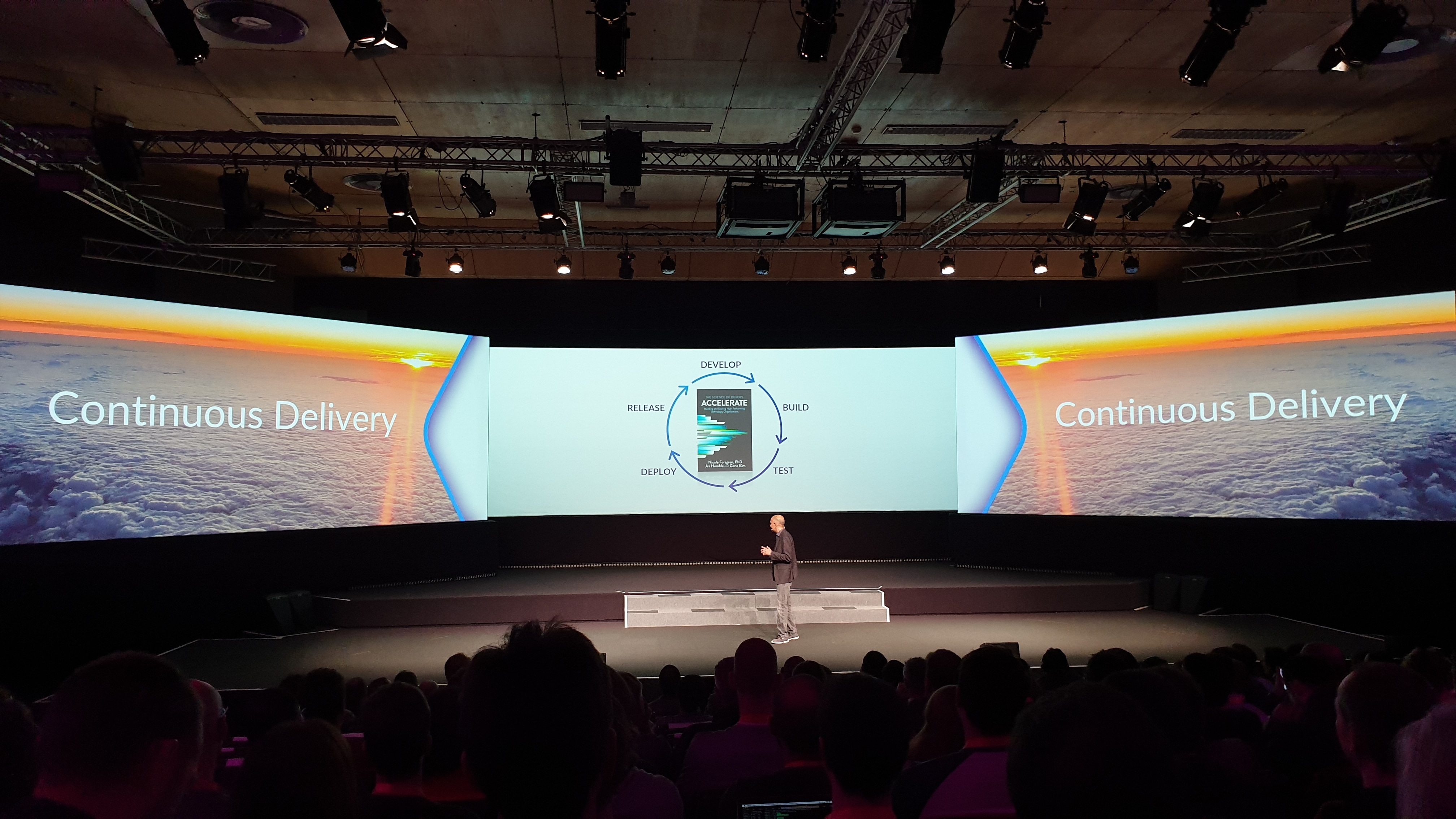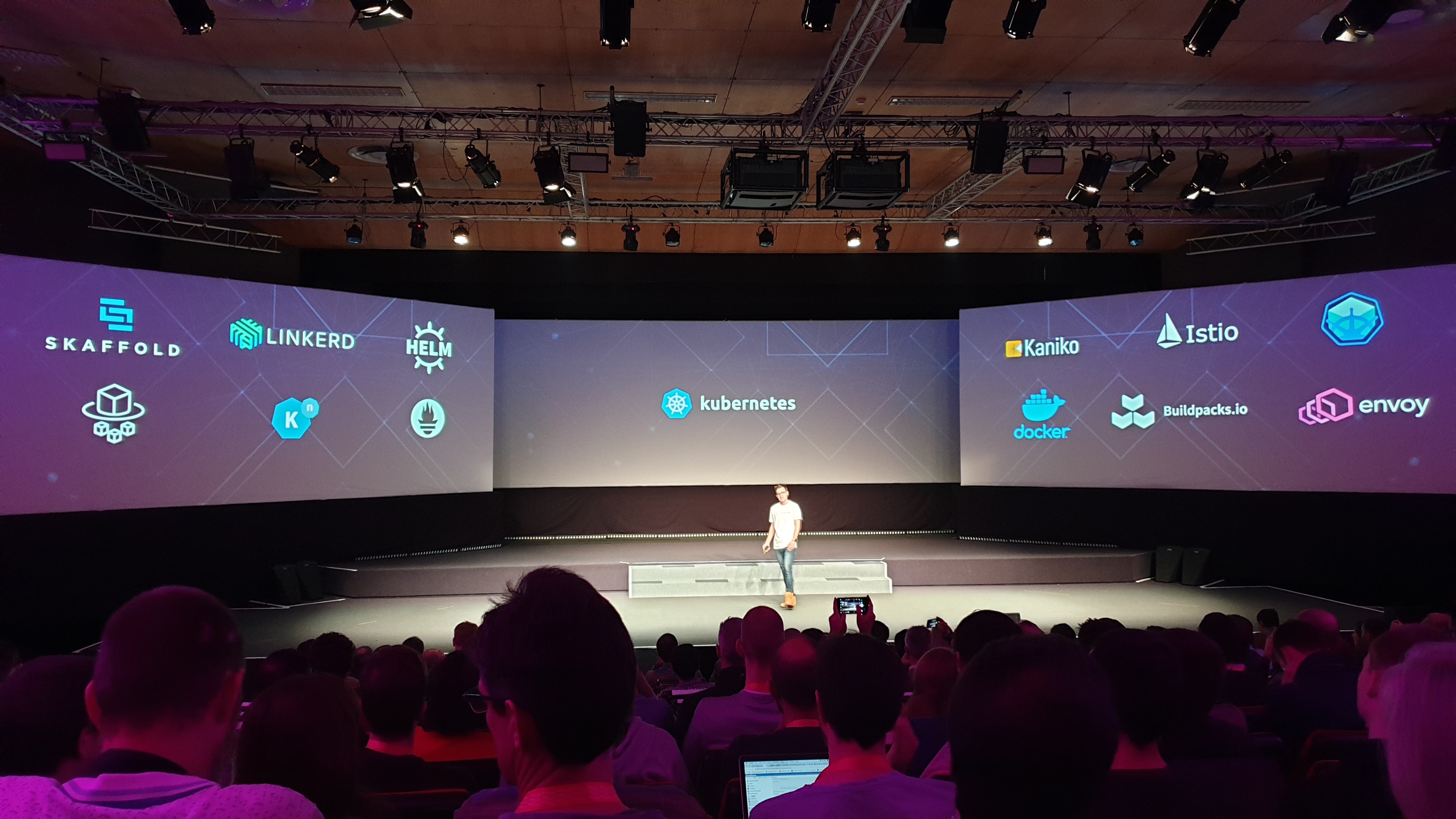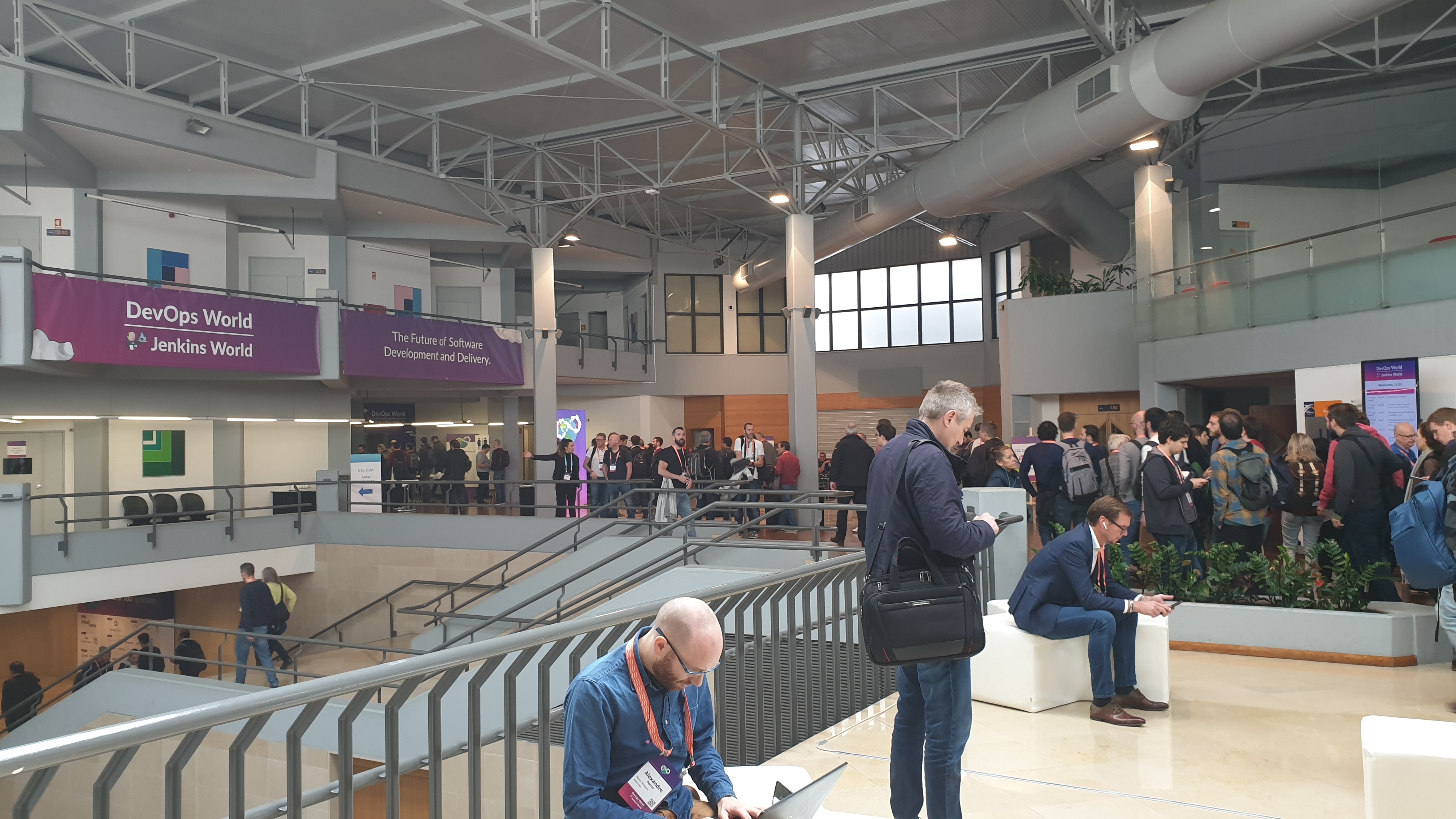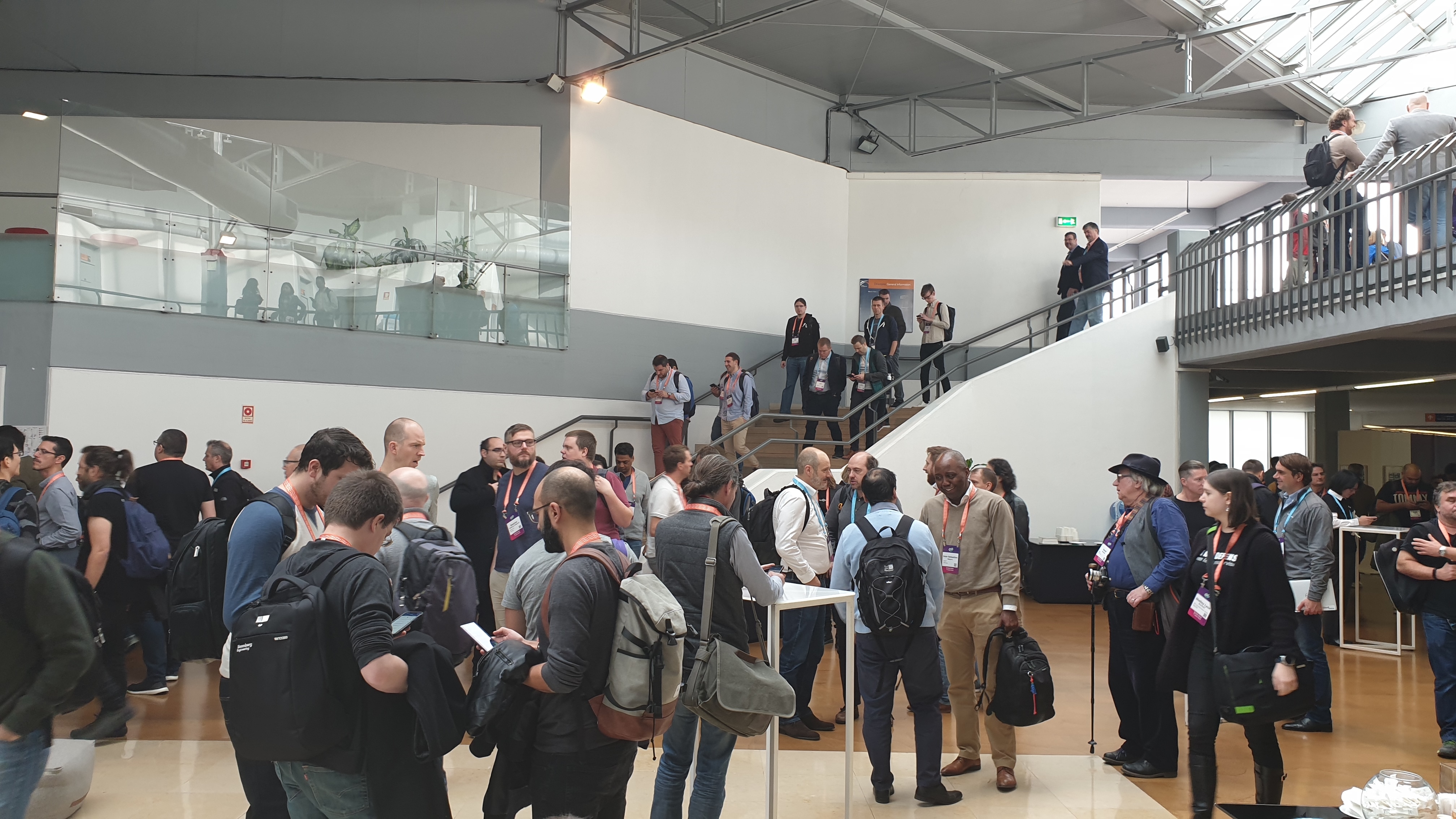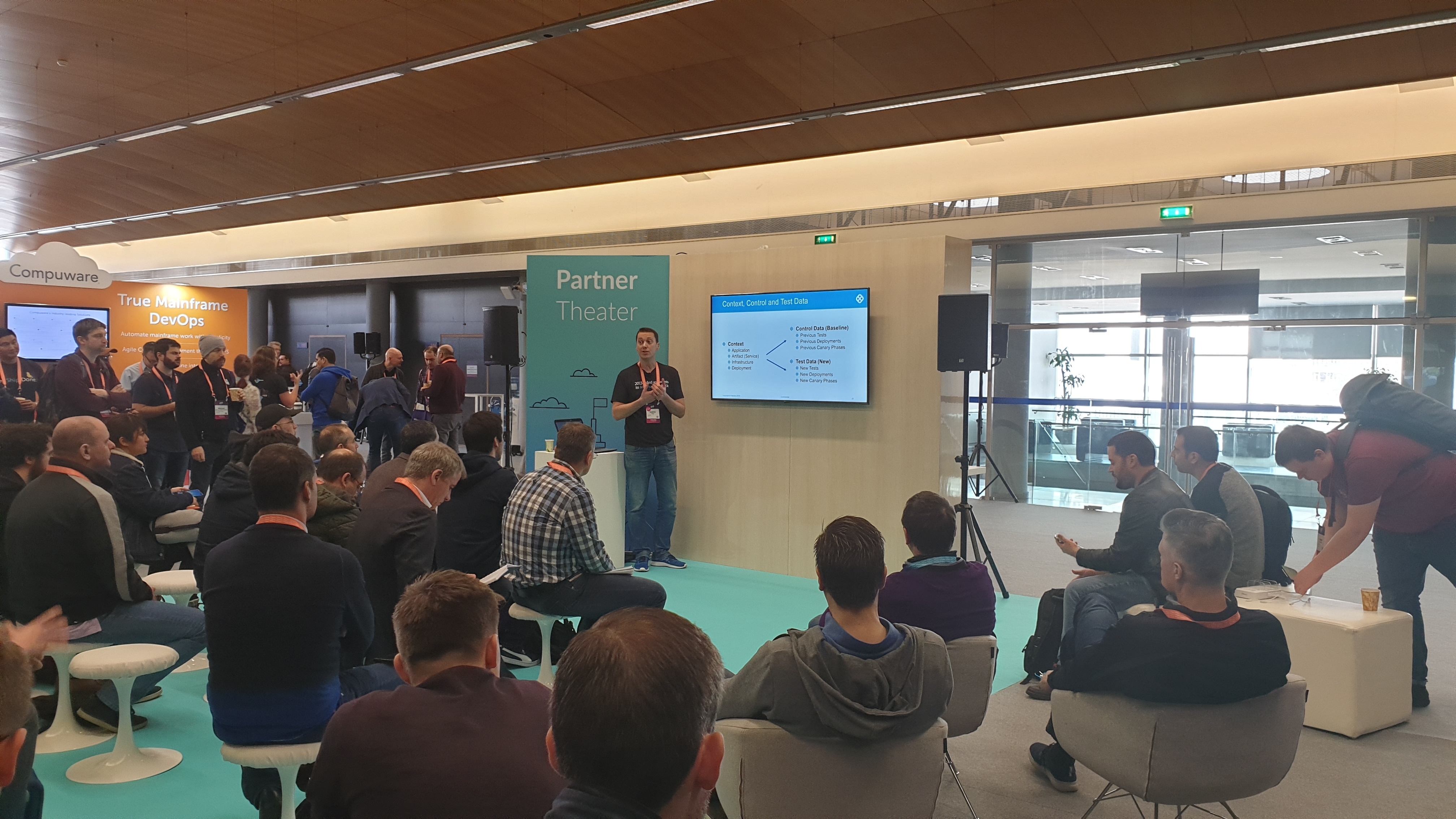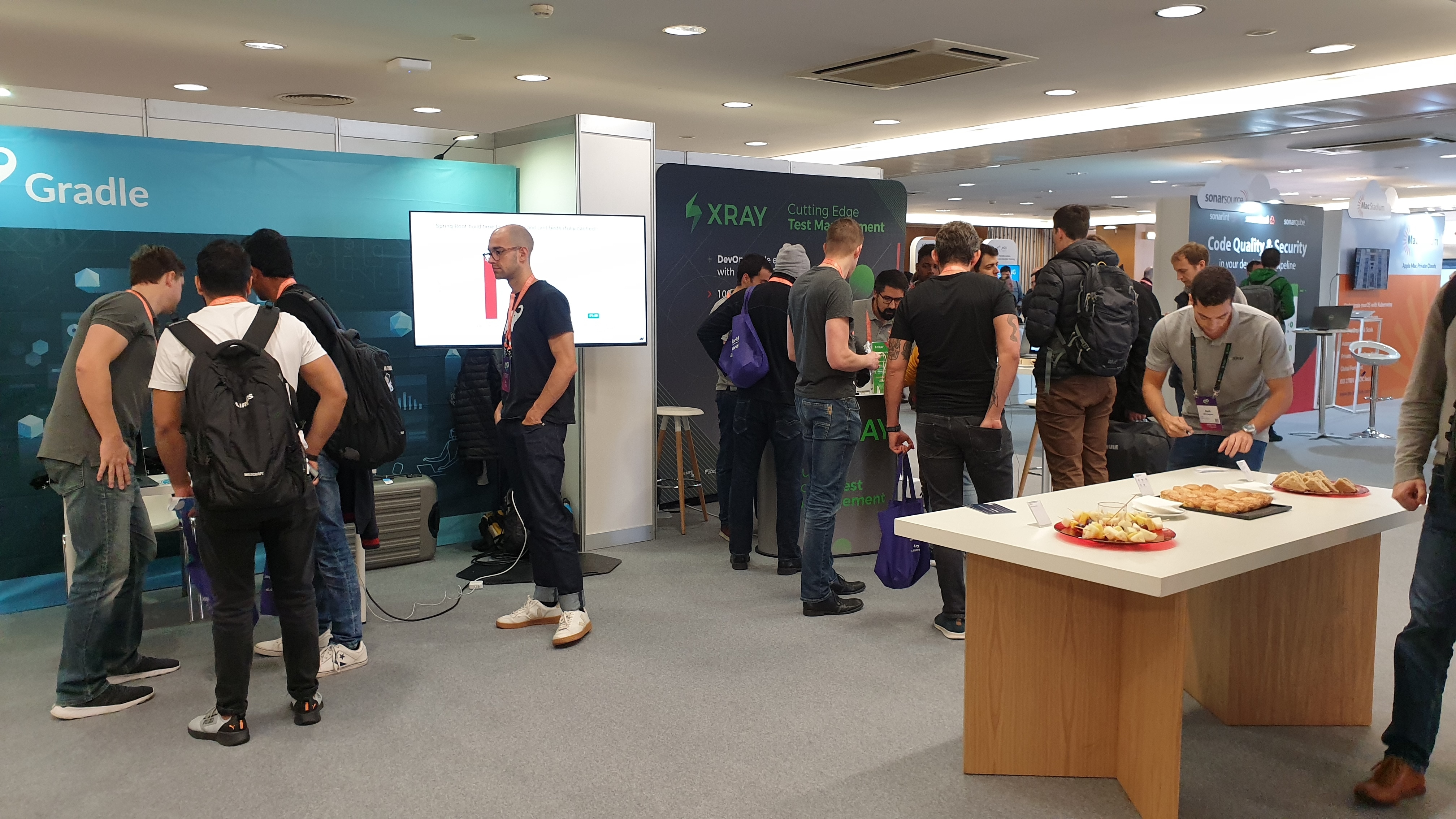
Introduction
At Comquent, we offer services in Quality Assurance, and a very important part of ensuring a product of high quality is to establish the right CI/CD processes. This means that we should also concentrate in the technical aspects of such an infrastructure. The “DevOps World – Jenkins World 2019” conference was a great opportunity not only for us, but also for all enthusiasts in the DevOps community to learn what’s new in the CI/CD world and to educate oneself in all things about Jenkins. The event takes place once a year in a different city in Europe. This time it was held in Lisbon! We all had a great time sharing knowledge and listening to talks about Cloud evolution, Kubernetes, Jenkins and, of course, Jenkins X.
Day 1
The “pre-conference day,” as it is called, was the day all training sessions took place. The participants of the conference were able to apply for CloudBees Core, Jenkins and Jenkins X trainings, in order to gain the fundamentals and advanced knowledge about CI/CD with Jenkins. Through these sessions, newbies in the field had the option to apply to take the actual exams that took place on Day 2, without any extra cost to those holding a ticket for the entire conference. Additionally, CloudBees organized the Partners Day, where Comquent, as a new CloudBees partner, had the opportunity to watch some insightful presentations about new CloudBees products and solutions like Flow, Rollout and Accelerator.
Day 2
On day 2, the keynote speaker set the pace and introduced what’s new in the DevOps and Jenkins world. CloudBees presented its vision about solving the challenging problems in software delivery – problems which, so far, have prevented the integration of technologies, teams and tools with relevant and significant business processes. One solution provided: A “Software Delivery Management” platform, now open to everyone to join on a preview-basis. SDM aims to provide a common data layer to connect teams, tools and business metrics. Kohsuke Kawaguchi, the creator of Jenkins, talked about the journey that started it all. Google Cloud partners were also on stage, and the new road ahead for the CI/CD world was revealed to us.
Kubernetes is the new standard for developing and orchestrating containerized applications in the Cloud. Tekton is a powerful pipeline execution engine, which leads us to Jenkins X, the CI/CD solution for Kubernetes applications. CloudBees also revealed a new way of interacting with one’s own Cloud infrastructure in Jenkins X, introducing a new User Interface to easily monitor a pipeline, or to promote a Build to production. And to make things even easier, companies can now join the “CloudBees CI/CD powered by Jenkins X” preview experience, where the installation and configuration of Kubernetes is not a prerequisite, but offered as a service.
Other interesting talks were also held throughout the day. One example was how to incorporate budget and security in the pipeline implementation and stop the pipeline if budget or security is out of certain limits (continuous verification of infrastructure). Another example was how to incorporate security scanning in a CI/CD pipeline.
Day 3
This was the last day of the conference, where I decided to test my skills and take part in the exams qualifying for the designation of Certified Jenkins Engineer (CJE). About 80% of the questions were practically-based, focussing on the use of Jenkins, so Jenkins hands-on experience was required. With a score of 82.22%, I was officially certified, which boosted watching the final set of talks with all the more enthusiasm.
The last day included more advanced themes, like canary deployments and using specific tools with Kubernetes and Jenkins X in order to establish rules related to network metrics when upgrading a version. For example, one can roll out updates selectively, provided the network metrics (gathered from Prometheus, which is used for monitoring the cluster) of API communications are above a certain threshold. And only if there are no errors reported, will the deployment to other nodes (progressive delivery) be continued. The last talks focused on security in DevOps and Autonomous Real-time Testing (ART). With ART, one can model the user stories of a complex system and generate a “just-enough-number” of test cases with the help of AI and Sigma functions, i.e. the ones that provide the best coverage.


